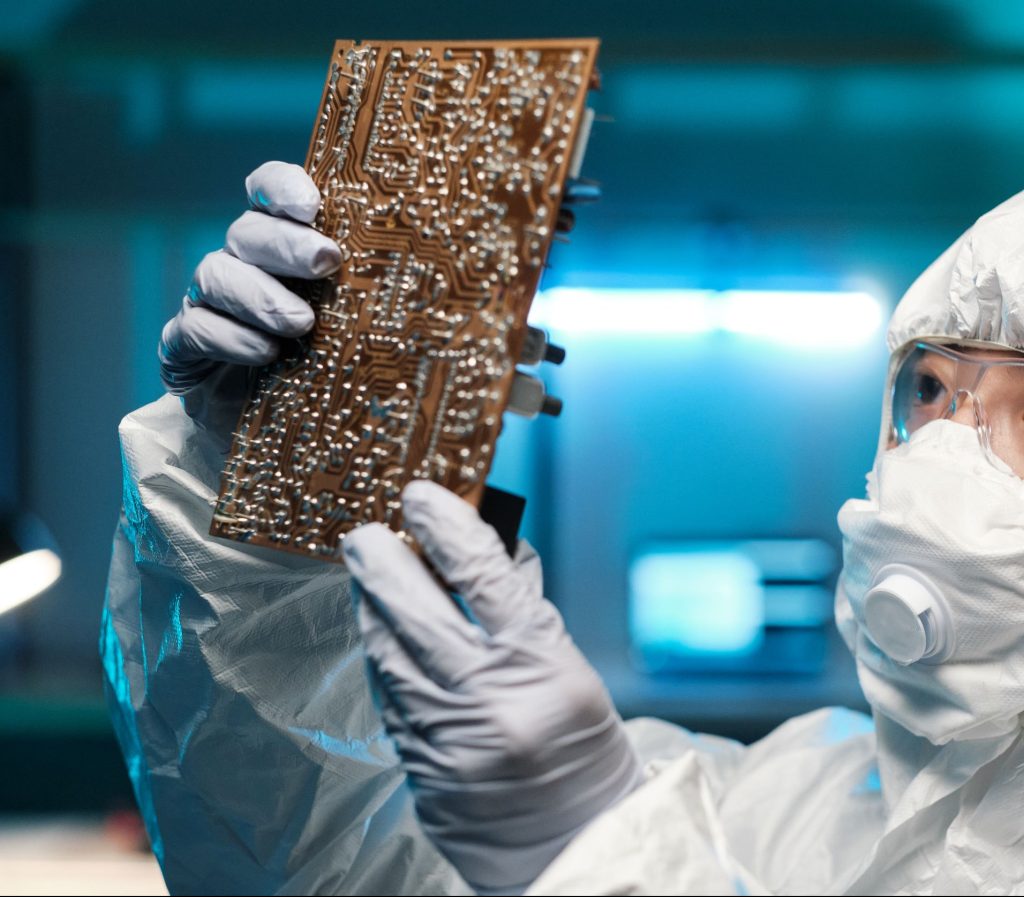Do solar panels fit within the WEEE directive?
PV CYCLE is the first voluntary collective take-back system (2007-2013). In addition, it is the first and only collective take-back system for solar panels or photovoltaic panels (PV panels) with WEEE compliance services in several countries in the European Union. From their unique position, they have noticed that photovoltaic panels and WEEE legislation are not well aligned. They write that PV panels are fundamentally different from other electrical and electronic devices. This is partly because PV panels generate electricity where other devices consume it, are seen as an investment, have a significantly longer lifespan and are located in an unstable market.
The main position of PV CYCLE in this position paper is therefore as follows. Renewable energy products and equipment are not covered by the WEEE Directive. They invite the European Commission to exclude photovoltaic panels from the scope of WEEE and to initiate an impact assessment of extended producer responsibility (EPR) legislation for all renewable energy products and equipment. The core of the discussion should be to define an EPR framework for investment products that generate electricity and have a completely different operating environment than fast-burning electrical equipment that consumes electricity. At the same time, an important goal of the discussion is to create a level playing field for all renewable energy equipment (REE).
Andere relevante publicaties
Re-use of soundbars
How feasible is it to give soundbars a second life? Commissioned by Stichting OPEN, Second Use investigated the re-use potential of four soundbar models, revealing insights into repairability, consumer interest, and key barriers.
Re-use van soundbars
Hoe haalbaar is het om soundbars een tweede leven te geven? In opdracht van Stichting OPEN onderzocht Second Use de potentie van re-use bij vier modellen soundbars – met inzichten over reparatiemogelijkheden, consumentengedrag en belemmeringen.
Re-use of cordless vacuum cleaners
The re-use of cordless vacuum cleaners presents interesting opportunities, but battery replacement costs pose a significant challenge. This study, conducted by Second Use on behalf of Stichting OPEN, examines the feasibility of refurbishment and identifies key improvements to extend the lifespan of these appliances.


